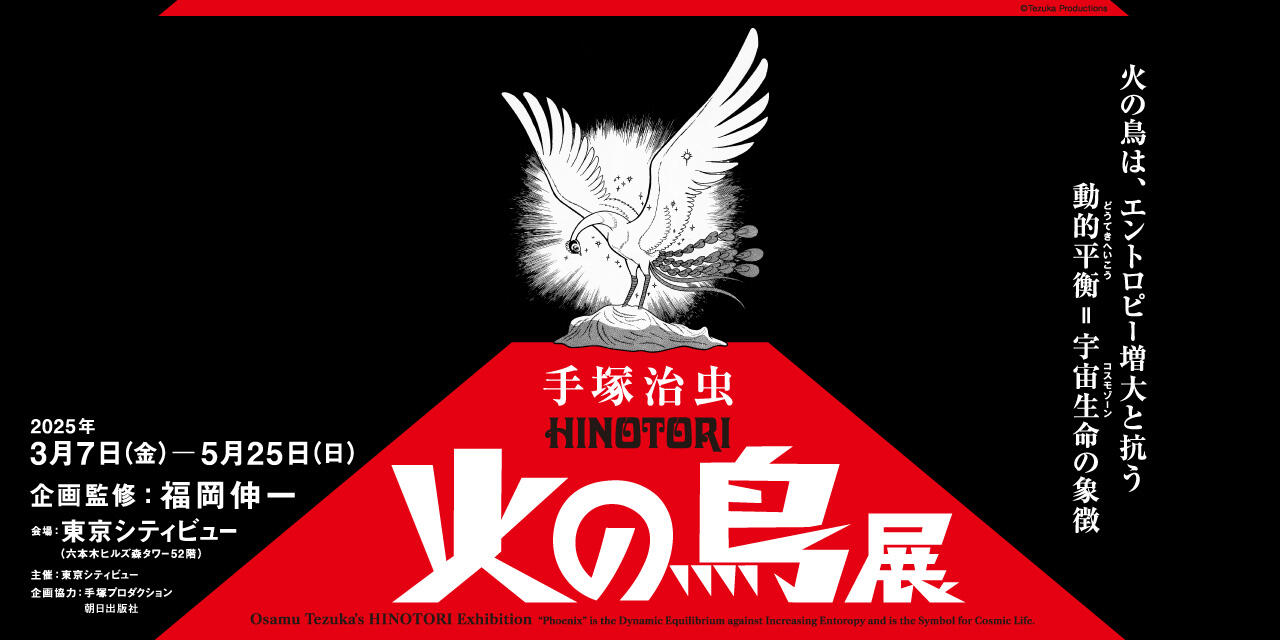The Early Bird Catches the Worm
| Artist | : | Rodel Tapaya (1980-) |
|---|---|---|
| Nationality | : | The Philippines |
| Year | : | 2012 |
| Material | : | Acrylic on canvas |
| Size | : | 244 x 427 cm |
Rodel Tapaya is a Filipino artist whose creations include large paintings, murals, sculptures, objects, and installations. Animals, gods and humans feature frequently in works dominated thematically by the indigenous folklore and traditions of the Philippines. While incorporating unique elements of the Filipino environment such as the islands’ tropical rainforests, vernacular architecture, and vibrantly colored flowers, his works also serve as allegories for the realities of life in the Philippines today, eg the contradictions arising between tradition and rapid urbanization, the overseas migration of rural workers, and post-colonial concerns. After graduating from the University of the Philippines College of Fine Arts, in 2011 Tapaya was awarded the APB Foundation Signature Art Prize. In recent years, in addition to shows at his representing gallery he has staged solo exhibitions at the National Gallery of Australia (Canberra, 2017) and Ayala Museum (Manila, 2018).
The Early Bird Catches the Worm is like Tapaya’s other paintings a bold composition, in this case dealing with a folktale in the Hiligaynon language used in the West Bisaya region of the Philippines. The painting depicts the story of a man sent on an errand by his mother, in exchange for the secret of his name. The journey turns into a great adventure that includes, among other episodes, enlisting the aid of a fish and an eagle to summon up the Sea Goddess. Finally a king offers the man the hand of his daughter in marriage, but he chooses to continue his journey, and eventually returns home, only to find that his mother has died and thus he will never learn his name. The title of the work is a well-known saying, and indeed, perhaps only an early-rising bird could have learned that secret. Note that in Hiligaynon lore, the eagle looming large in the frame here is an ally, and also a symbol of salvation.
-

Rodel TapayaThe Early Bird Catches the Worm2012Acrylic on canvas244 x 427 cm
Rodel TapayaThe Early Bird Catches the Worm2012Acrylic on canvas244 x 427 cm
The Early Bird Catches the Worm
| Artist | : | Rodel Tapaya (1980-) |
|---|---|---|
| Nationality | : | The Philippines |
| Year | : | 2012 |
| Material | : | Acrylic on canvas |
| Size | : | 244 x 427 cm |
Rodel Tapaya is a Filipino artist whose creations include large paintings, murals, sculptures, objects, and installations. Animals, gods and humans feature frequently in works dominated thematically by the indigenous folklore and traditions of the Philippines. While incorporating unique elements of the Filipino environment such as the islands’ tropical rainforests, vernacular architecture, and vibrantly colored flowers, his works also serve as allegories for the realities of life in the Philippines today, eg the contradictions arising between tradition and rapid urbanization, the overseas migration of rural workers, and post-colonial concerns. After graduating from the University of the Philippines College of Fine Arts, in 2011 Tapaya was awarded the APB Foundation Signature Art Prize. In recent years, in addition to shows at his representing gallery he has staged solo exhibitions at the National Gallery of Australia (Canberra, 2017) and Ayala Museum (Manila, 2018).
The Early Bird Catches the Worm is like Tapaya’s other paintings a bold composition, in this case dealing with a folktale in the Hiligaynon language used in the West Bisaya region of the Philippines. The painting depicts the story of a man sent on an errand by his mother, in exchange for the secret of his name. The journey turns into a great adventure that includes, among other episodes, enlisting the aid of a fish and an eagle to summon up the Sea Goddess. Finally a king offers the man the hand of his daughter in marriage, but he chooses to continue his journey, and eventually returns home, only to find that his mother has died and thus he will never learn his name. The title of the work is a well-known saying, and indeed, perhaps only an early-rising bird could have learned that secret. Note that in Hiligaynon lore, the eagle looming large in the frame here is an ally, and also a symbol of salvation.




